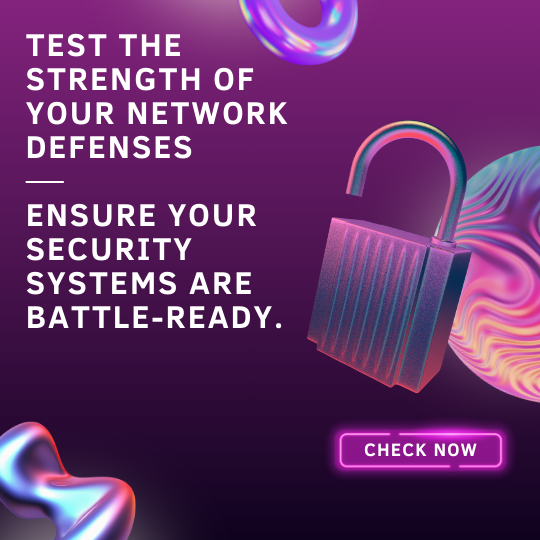Comprehensive Guide to User Management in FortiAuthenticator
User Management is a crucial task in any secure network environment. With FortiAuthenticator, you gain robust capabilities to manage users effectively. This guide will walk you through the configurations and features that FortiAuthenticator offers for user management.
Understanding FortiAuthenticator's User Database
The FortiAuthenticator user database is designed to accommodate extensive information for each user. This mirrors features typically seen in RADIUS and LDAP servers. Key elements you can associate with a user include:
- Administrative roles and privileges
- Whether RADIUS or two-factor authentication is used
- Personal details like full name and address
- Password recovery options
- User group memberships
Setting Up RADIUS Authentication
To leverage RADIUS authentication on FortiAuthenticator, ensure that:
- The option Allow RADIUS Authentication is selected for the user’s entry.
- The FortiGate unit is included in the authentication client list.
See: RADIUS service for further details on setting this up.
Types of Users in FortiAuthenticator
FortiAuthenticator distinguishes between several types of users, each with unique characteristics:
- Administrators: Have access to system settings and management features.
- Local Users: Managed directly within the FortiAuthenticator database.
- Remote Users: Accessed via external authentication servers.
- Guest Users: Temporary users with limited access capabilities.
User Groups and Their Importance
Organizing users into User Groups enhances adaptability and simplifies the management process. Assign users to specific groups, manage their privileges, and apply group-specific policies.
Advanced Features
Dive into more advanced options to refine user management:
- Remote User Sync Rules: Automatically synchronize remote user accounts.
- Usage Profiles: Set rules and restrictions based on user activity.
- Realms: Define separate realms for organizing user directories.
- FortiTokens: Implement two-factor authentication for enhanced security.
- MAC Devices: Link user accounts to physical devices via MAC addresses.
- RADIUS Attributes: Further customize user authentication settings.
Understanding and accurately configuring these elements will lead to a streamlined, secure user management system within FortiAuthenticator. For detailed configuration steps, refer to the official documentation.


